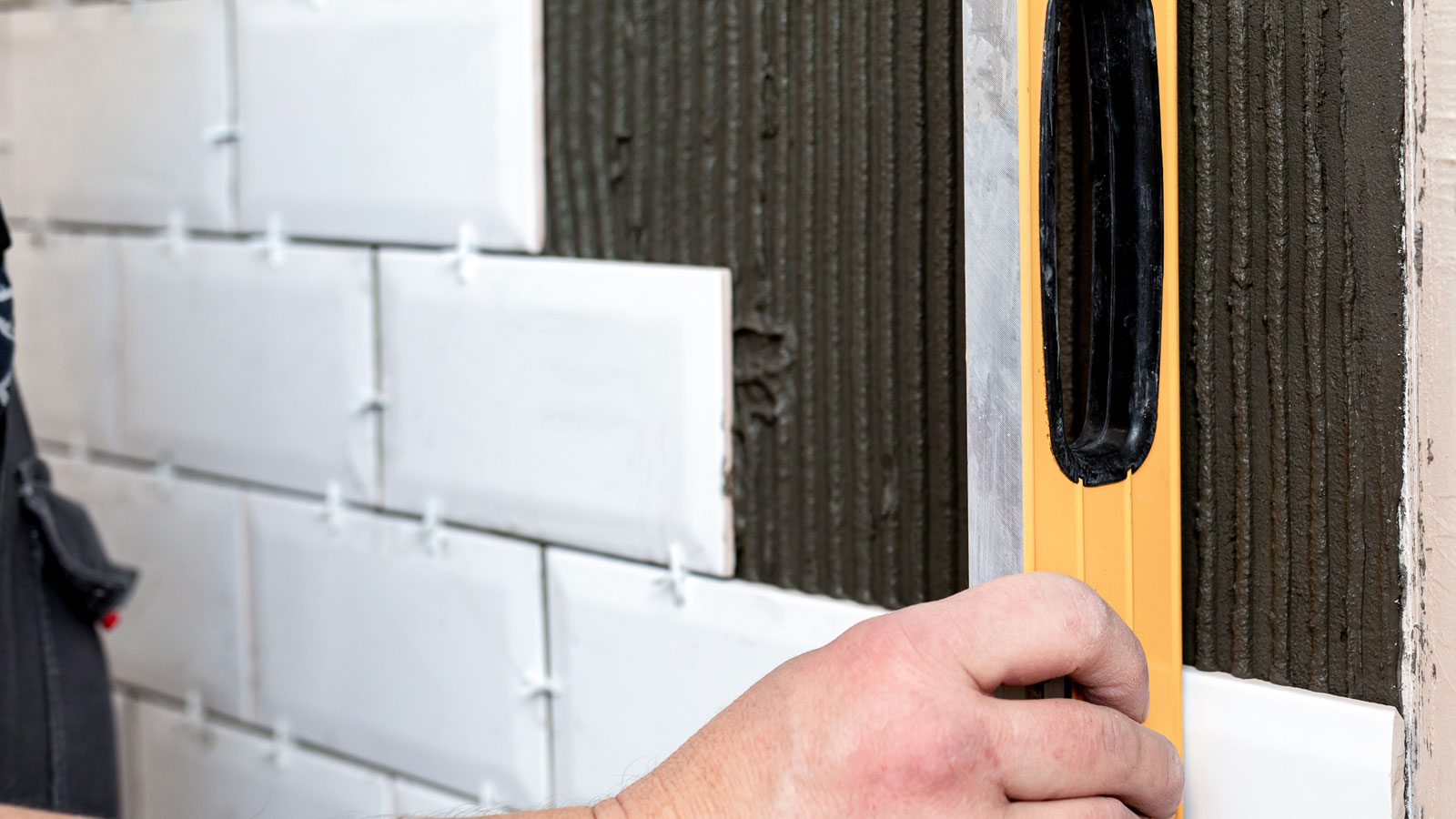
"The first step is to assess the unevenness of a wall, which will determine the necessary course of action before tiling."
"According to BS EN 5385 Part 1:2018, the surface should be true so that the straightedge is unobstructed, and no gap exceeds 6mm."
"If gaps exceed 3mm, local correction is required, ensuring the wall is sufficiently flat, stable, and upright before tiling can begin."
"For slightly uneven walls (within the 6mm recommendation), check for loose plaster and ensure the wall is clean, dust-free, and primed."
Tiling an uneven wall involves assessment of the wall's condition, which significantly influences the tiling approach. Minor imperfections can be corrected with extra adhesive, but larger issues require specialized skills and tools. A general guideline recommends that surfaces should be sufficiently flat, stable, and upright, with no gap exceeding 6mm. For walls with slight unevenness, repairs include checking for loose plaster and ensuring cleanliness and proper priming before applying tiles.
Read at Homebuilding
Unable to calculate read time
Collection
[
|
...
]